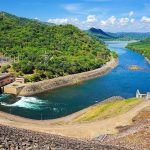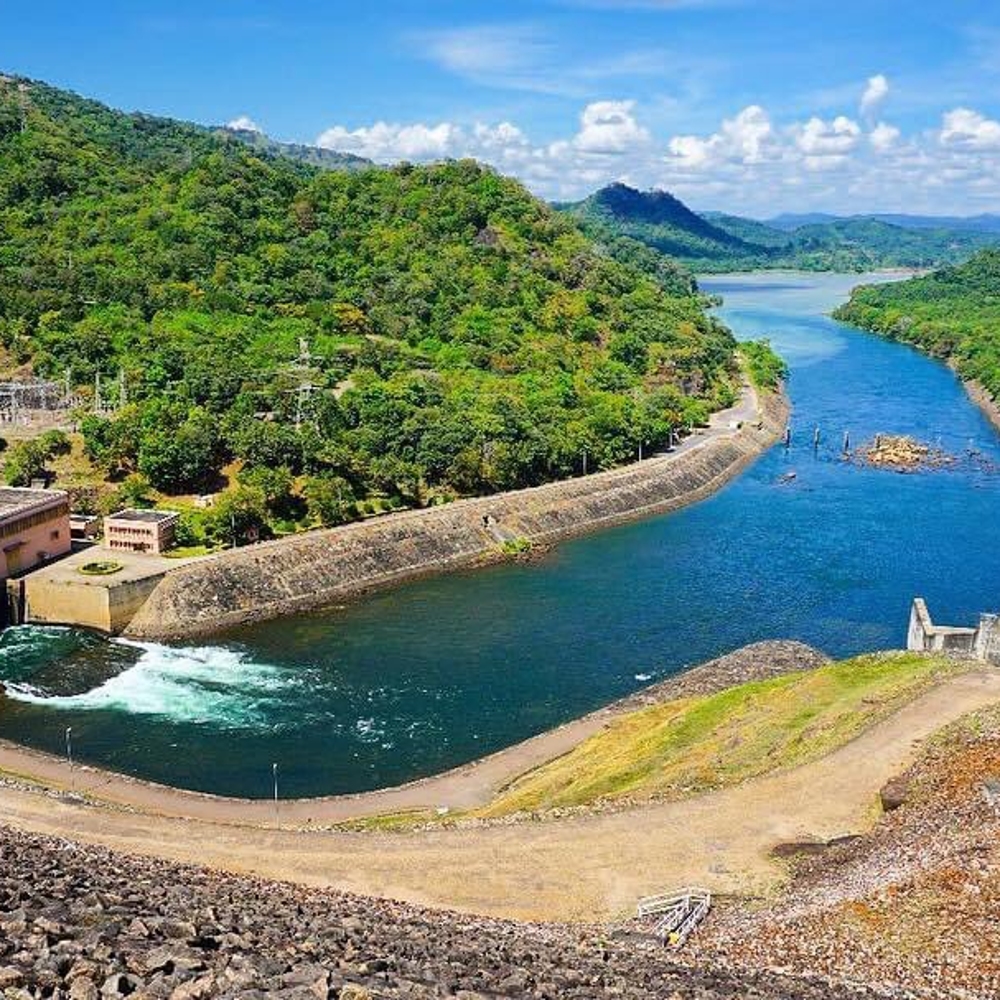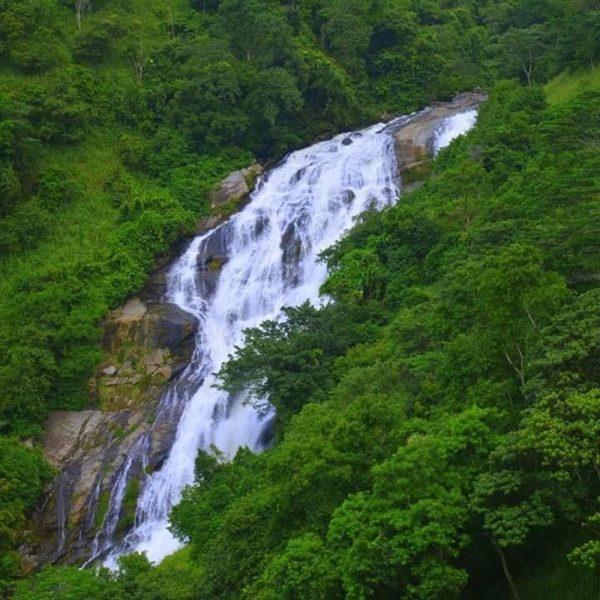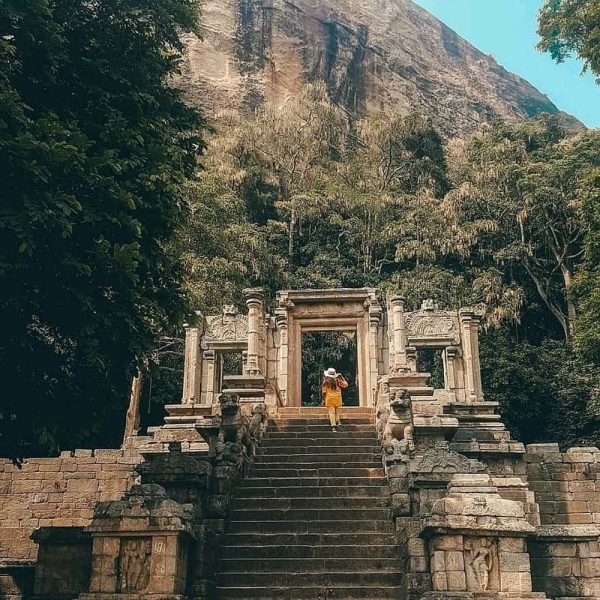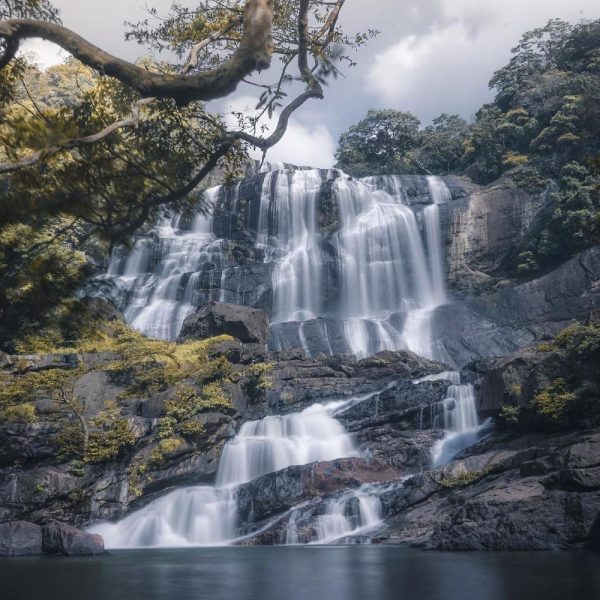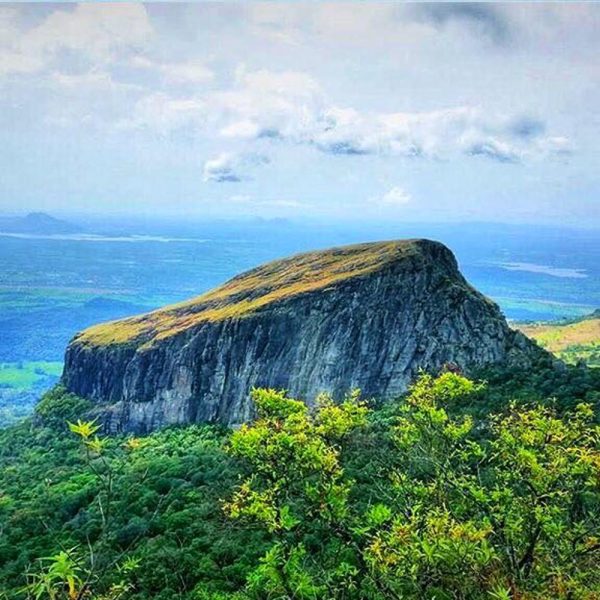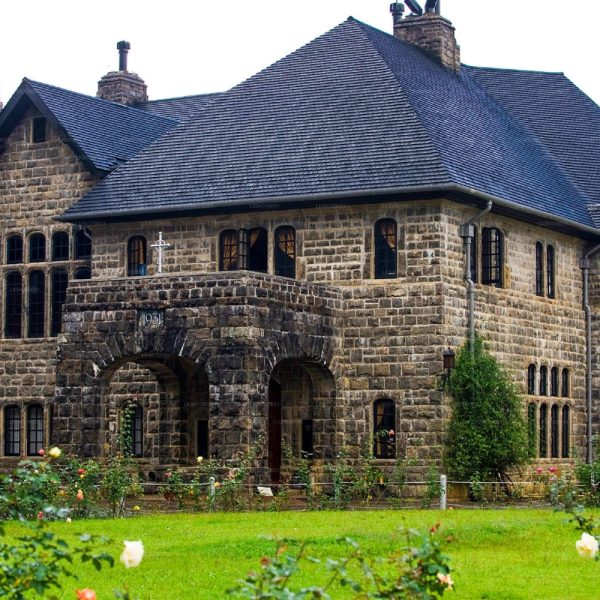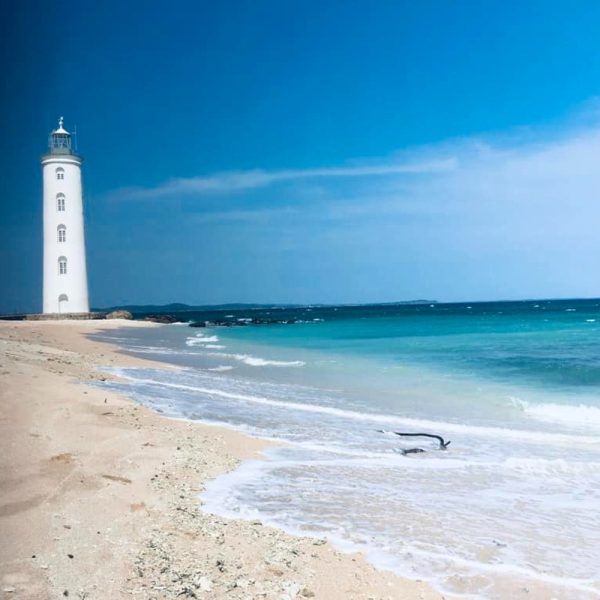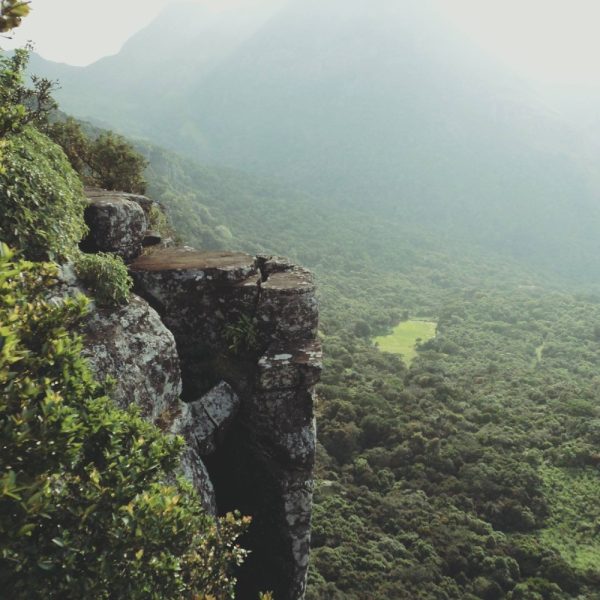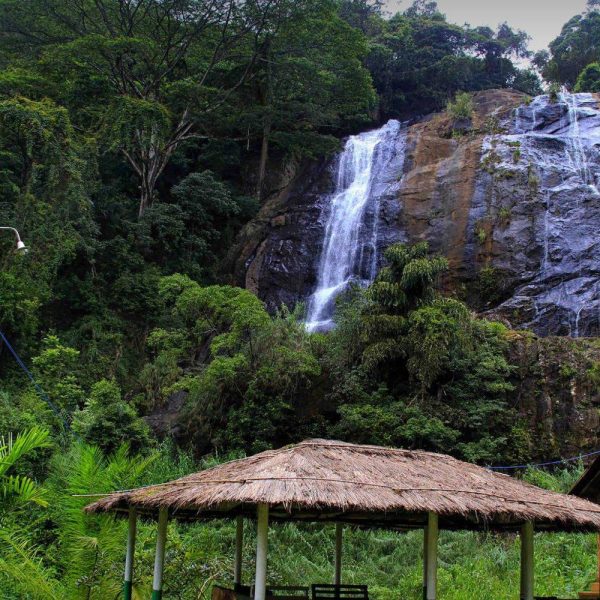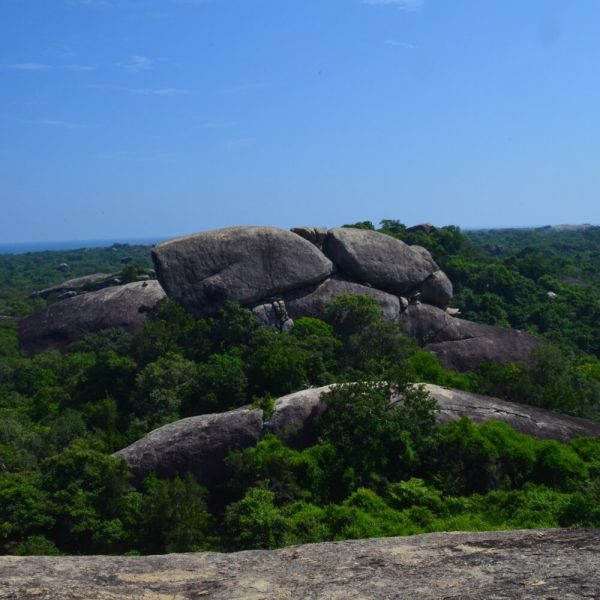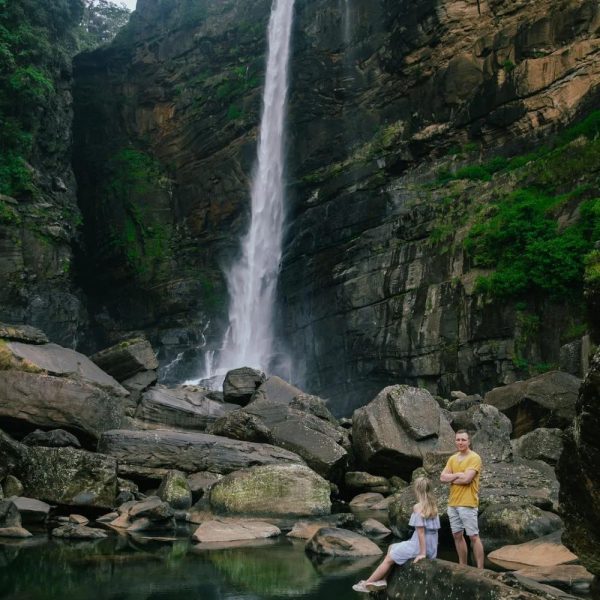Description
Randenigala Dam is a notable landmark and an important hydroelectric and irrigation project located in Sri Lanka. Here’s some information about it:
- Location: Randenigala Dam is situated in the Uva Province of Sri Lanka, near the town of Mahiyangana. It is part of the Mahaweli River basin.
- Purpose: The primary purposes of Randenigala Dam are hydroelectric power generation, irrigation, and water supply. The dam plays a crucial role in regulating water flow and providing water for agricultural activities in the region.
- Construction: Randenigala Dam was constructed as part of the broader Mahaweli Development Project, which aimed to harness the waters of the Mahaweli River for various development purposes. The construction of the dam began in the late 1970s and was completed in the early 1980s.
- Reservoir: The dam creates the Randenigala Reservoir, which is one of the largest reservoirs in Sri Lanka. The reservoir has a significant storage capacity, allowing for the storage of water during the wet season for use during the dry season.
- Hydropower: In addition to irrigation, Randenigala Dam also generates hydroelectric power. The water released from the reservoir flows through turbines, generating electricity that contributes to Sri Lanka’s power grid.
- Tourism and Recreation: While the primary purpose of Randenigala Dam is not tourism, the scenic beauty of the reservoir and the surrounding area attracts some visitors. Boat rides and sightseeing around the reservoir are popular activities for tourists interested in exploring the region.
- Environmental Impact: The construction of large dams like Randenigala has environmental impacts, including changes to river ecosystems, displacement of communities, and alterations to natural habitats. Efforts are often made to mitigate these impacts through environmental management and conservation measures.














